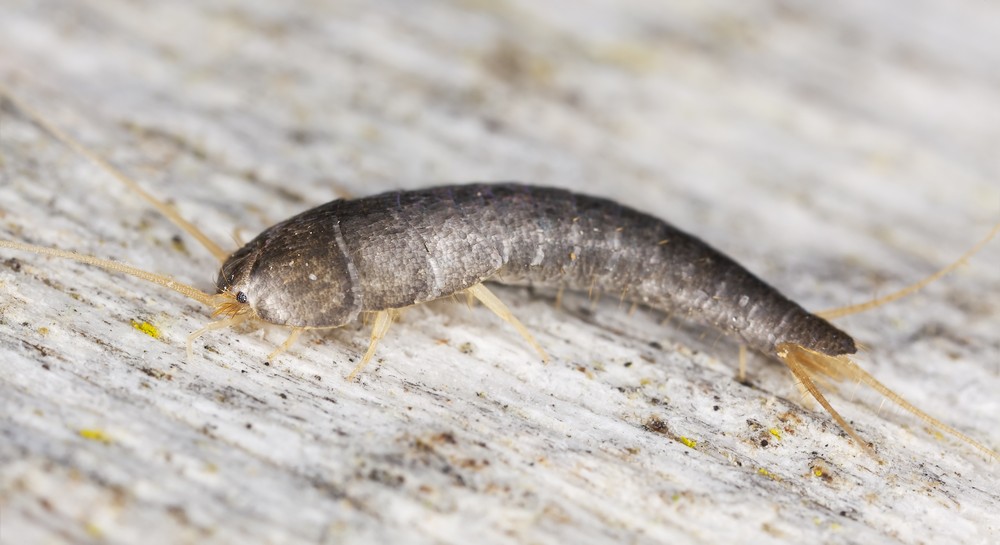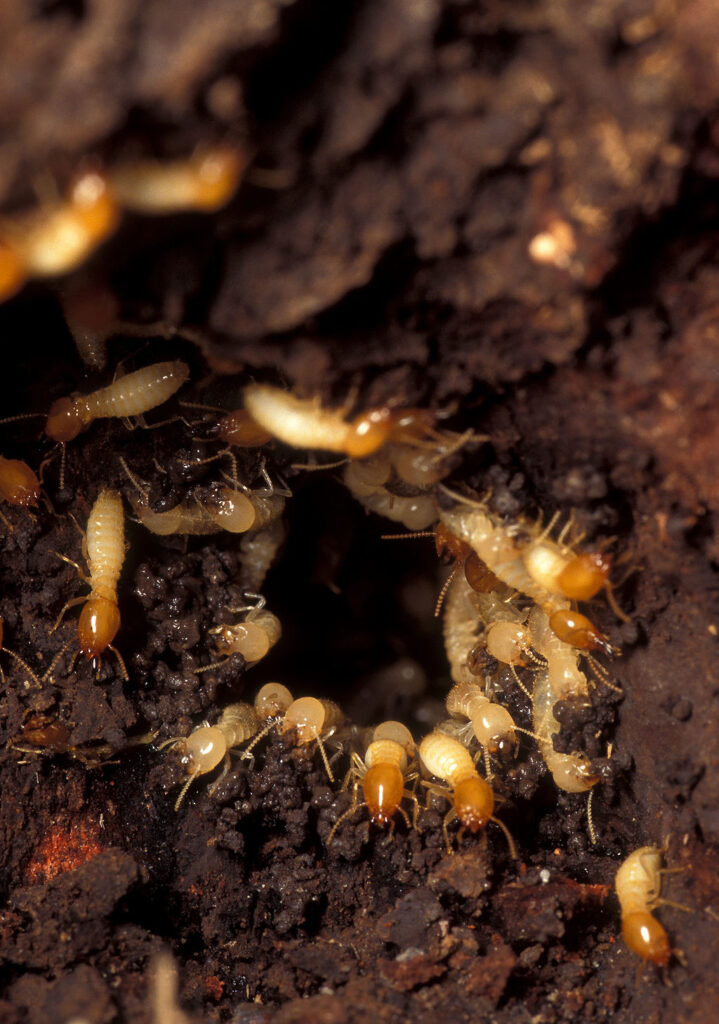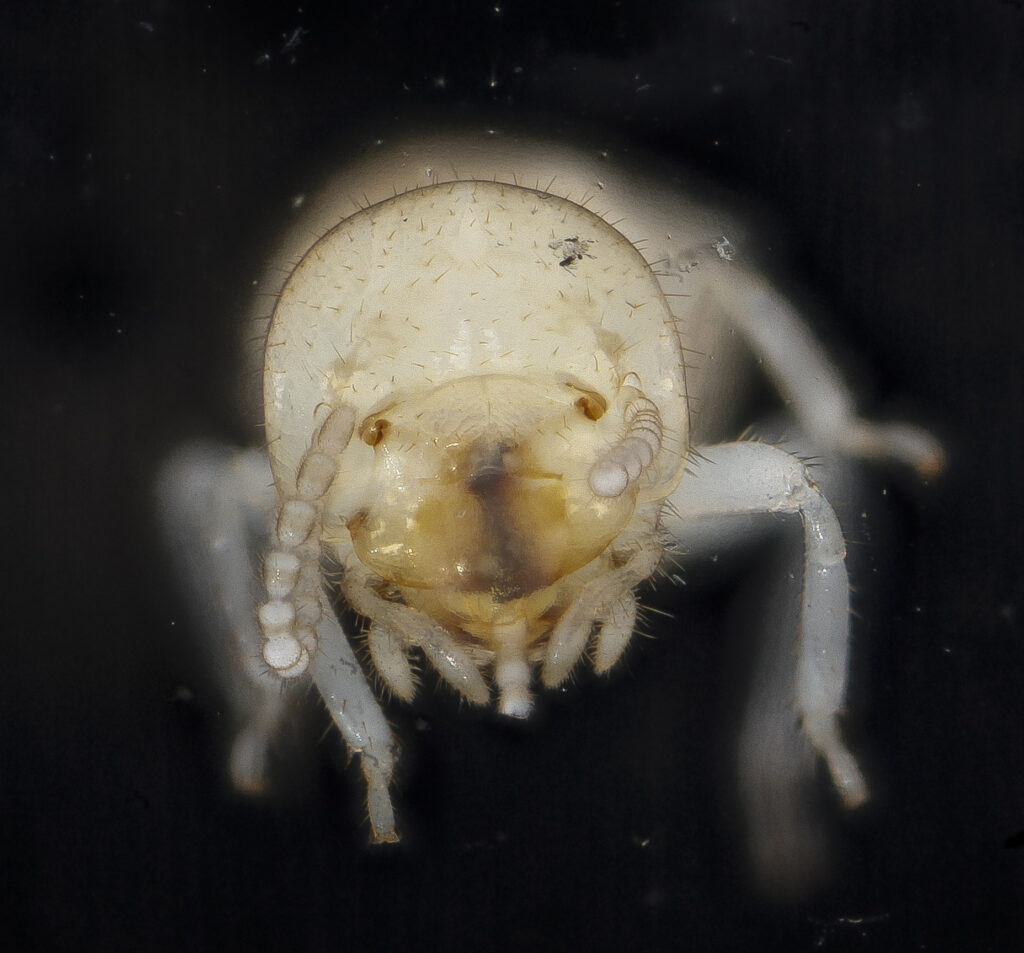How Much Does It Cost to Get Rid of Silverfish?
Silverfish can be a real nuisance if they turn up in your home. These tiny creatures can cause a lot of damage. When you see three or four, there could be dozens more nearby. So, how do you get rid of silverfish in the house?
Professional silverfish extermination is the only way to ensure that these pests are completely eradicated. Costs vary depending on the severity of the infestation, location in your home, and the treatment option used. On average, homeowners spend between $200 and $600, with the average homeowner spending $400 on a single visit to spray the majority of the home with pyrethrin. If only a single application is needed for an attic or basement, you can expect to pay $100 for silverfish control with pesticides. If recurring treatments for your home are needed monthly or quarterly, you will pay $700 to completely eradicate a severe silverfish infestation within six months with either pesticides or DE.
Silverfish Extermination Cost by Treatment
Two primary treatment plans for exterminating silverfish include pyrethrins and diatomaceous earth. Pyrethrins are chemical pesticides, and diatomaceous earth is a natural material harvested from lake bed sediment. For safety reasons and maximum effectiveness, both substances should only be applied by professionals. The price difference between these two treatments is nominal.
Silverfish Pesticide
With very few exceptions, exterminators treat your home for silverfish with pyrethrins. Pyrethrins have been a common ingredient in insecticides since the 1950s. These pesticides are safer than others, but they are still dangerous to children and pets if directly ingested. A single pesticide application costs between $200 and $250. Silverfish reproduce quickly. They sometimes enter the home by transport in unopened food from the grocery store. It’s common to require recurring treatments. Each monthly treatment can cost $40 to $50 per application in addition to the initial application. Some exterminators only do quarterly treatments. Each quarterly treatment costs between $100 and $300 per application in addition to the initial application.
Silverfish Diatomaceous Earth
If you don’t want to spray pesticides in your home, some exterminators perform their treatments with 100% all-natural Diatomaceous Earth. As a natural pesticide, DE is nearly as effective as pyrethrins. An exterminator inspects your home, identifies the infestation source, and then sprinkles it over the entire area. DE only works if it physically touches the silverfish. That’s the primary difference between treating silverfish with pesticides and treating them with DE. Pyrethrins work even when they’re only in proximity to silverfish, but DE must make physical contact with the insect to be effective.

How to get rid of Silverfish
Silverfish may be tiny, but that doesn’t mean you should ignore their presence in your home. These small, wingless pests can damage cereals, books, clothes, wallpapers and other starchy items. Managing these pests can be challenging. But there are several methods that homeowners can use to eliminate silverfish both inside and outside the home. While pesticides are available, they aren’t usually necessary. Instead, eliminating moisture and entry points can stop this problem at its root.
How to Identify Silverfish
Silverfish are only about 1/2 inch to 3/4 inch long and, like their name suggests, are pearl gray to silver in color. They’re often confused with firebrats, which are about the same size and shape, but will be more of a dull gray to brown color.
Silverfish have long, wingless bodies and a pair of long, slender antennae. Their bodies taper, from front to back, to three, tail-like appendages. Silverfish thrive in areas with temperatures between 71 and 90 degrees F with humidity above 70%. Laundry rooms can usually supply an ideal environment. You can also find them crawling along pipes and openings along walls and floors. You might also see them in your bathroom tubs and sinks.
What Problems Can Silverfish Cause?
Silverfish are more of a nuisance than they are dangerous to people or homes. They don’t cause structural damage, but they can damage books and dry foods. They don’t spread disease. Silverfish do molt frequently though, which can trigger allergies if debris and dust are allowed to build up. But this can be prevented with regular dusting and vacuuming.
Silverfish are attracted to moisture, like that caused by leaky pipes and water fixtures. But they are also attracted to starchy food sources. These include:
Books. Book bindings often have paste, which silverfish eat. They will also eat newspapers and magazines and care little about whether the item is limited edition. Books and magazines can also offer hiding places.
Wallpaper. Wallpaper paste is also a food source for these pests.
Old photographs. Keep photos properly stored in a covered photo album to preserve your memories and keep them away from silverfish.
Pantry items. In addition to the paste on cardboard cereal boxes, starchy items like flour and cereals are also attractive sources of food for these pests.
Dust. Dust particles contain all kinds of nutritious debris for silverfish, including dead skin cells and left over food.
How to prevent and get rid of silverfish
Silverfish are seldom more than nuisances although they may, on occasion, reach unacceptable numbers. They are capable of damage by chewing papers and manuscripts (where they often feed on protein-rich gums and binding pastes) and fine textiles and leather. They may also invade packets of dried foods that have been stored in damp cupboards.
How to get rid of silverfish
Remove their food source: you don’t want to be sharing food with pests, so seal your dried goods in airtight containers. If silverfish won’t be able to access their favored meal, it’s likely they will go elsewhere.
Get a dehumidifier: silverfish love humid environments, if you have any leaks or damp areas in your home it is time fix them and set up a dehumidifier – this will be able to reduce and remove the moisture that’s sitting the air.
Vacuum: be thorough when vacuuming your home, use all attachments to get into all crevices, especially around the skirting board. Vacuum all areas, including window and door sills because you want to be sure to suck up their eggs before they hatch!
Most domestic Silverfish nuisances can be dealt with by spraying a crawling insect insecticide aerosol based on residual synthetic pyrethroids, organophosphorus or carbamate insecticides in the areas where the insects are sighted. A particular effort should be made to treat any cracks and crevices where silverfish may rest during the day, any refuges that can be sealed off will help control efforts.
How to prevent silverfish
To ensure those pesky silverfish don’t return, it’s important to know why they were attracted to your property in the first place. To remove and prevent silverfish, use your dehumidifier to take moisture out of the air. Store your food properly in containers, remove clutter and use caulk to fill any cracks or holes in your walls. Silverfish don’t like high temperatures, so keep your house warm – this will prevent damp and keep pests out.
Silverfish: Frequently Asked Questions Can silverfish live in my carpet?
Silverfish enjoy carbohydrates, particularly starch and dextrin which can be found in books, clothing and dead skin. That said, silverfish aren’t picky, they will move on to synthetic fibres found in carpets and rugs when their preferred delicacy runs low. The answer is, yes silverfish can feed and live off your carpet but they will not always be found here because they require moisture, which is why you will normally find them around leaking taps, sinks, toilets and baths.
How do silverfish get into the home?
They will access your home through gaps and cracks in your foundations, windows and doors. Sometimes it might be the case that they have laid a nest in some cardboard or a book that you have brought into the home.
Get Rid of Silverfish
You’re probably noticing more and more of these nasty little buggers running around your home. And you want to get rid of them. Fast. and for good.
Throughout this guide, we’ll cover some basic questions regarding silverfish like:
Why you have them
What they’re eating
If they’re dangerous to humans
How you can get rid of them naturally
How to use DIY traps, pesticides, and more
How to prevent them from infesting your house in the future
What are silverfish?
Silverfish are a common household pest in the United States and are easily identified by their looks. They have a distinct silver or tan color with three bristles in the rear. They move quickly throughout the home and slither between objects. Silverfish naturally prefer darker and humid environments, though they’ve been found in varying environments with varying humidity levels.
You’ll often notice them crawling around during the night or curled up in an edge between objects during the day. Crevices, storage, and cardboard boxes are prime areas where they nest and breed, and are often ignored by humans often far too long until there’s a silverfish invasion throughout the home as they forage for food due to competition between other silverfish or species.
Silverfish anatomy
Silverfish are about 12-20mm in length and are easily noticeable due to their distinct appearance. They look exactly the same from nymph to adult- just a tinier version of themselves.
Silverfish life cycle
Silverfish can become a nuisance rapidly within their colony because they reproduce quickly. The female lays up to 20 eggs per day. Silverfish take about 3 months to reach full maturity from egg to adult. Eggs are laid by the female after mating and take 45 days on average to hatch depending on humidity and temperature.
Silverfish Control The Ultimate Guide To Get Rid Of Silverfish Guide
Info of Silverfish Control The Ultimate Guide
It was with fantastic aid we finished composing on Silverfish Control The Ultimate Guide. There was just as well considerably data to publish, that we were beginning to lose hopes on it”s completion! High quality is better than amount. It is of no use composing many webpages of nonsense for the reader.
Silverfish Control The Ultimate Guide To Get Rid Of Silverfish – Denoting Dishonest Methods Inside Marketing and advertising Integrity throughout marketing can often be borderline in between what on earth is wrong or right. You will find laws and regulations available with the marketing businesses to follow so they really will not annoyed or upset every readers. Nevertheless, exactly what is because underhanded advertising and marketing?
It was with fantastic aid we finished composing on Silverfish Control The Ultimate Guide. There was just as well considerably data to publish, that we were beginning to lose hopes on it”s completion! High quality is better than amount. It is of no use composing many webpages of nonsense for the reader. Alternatively, it is greater to compose a short



